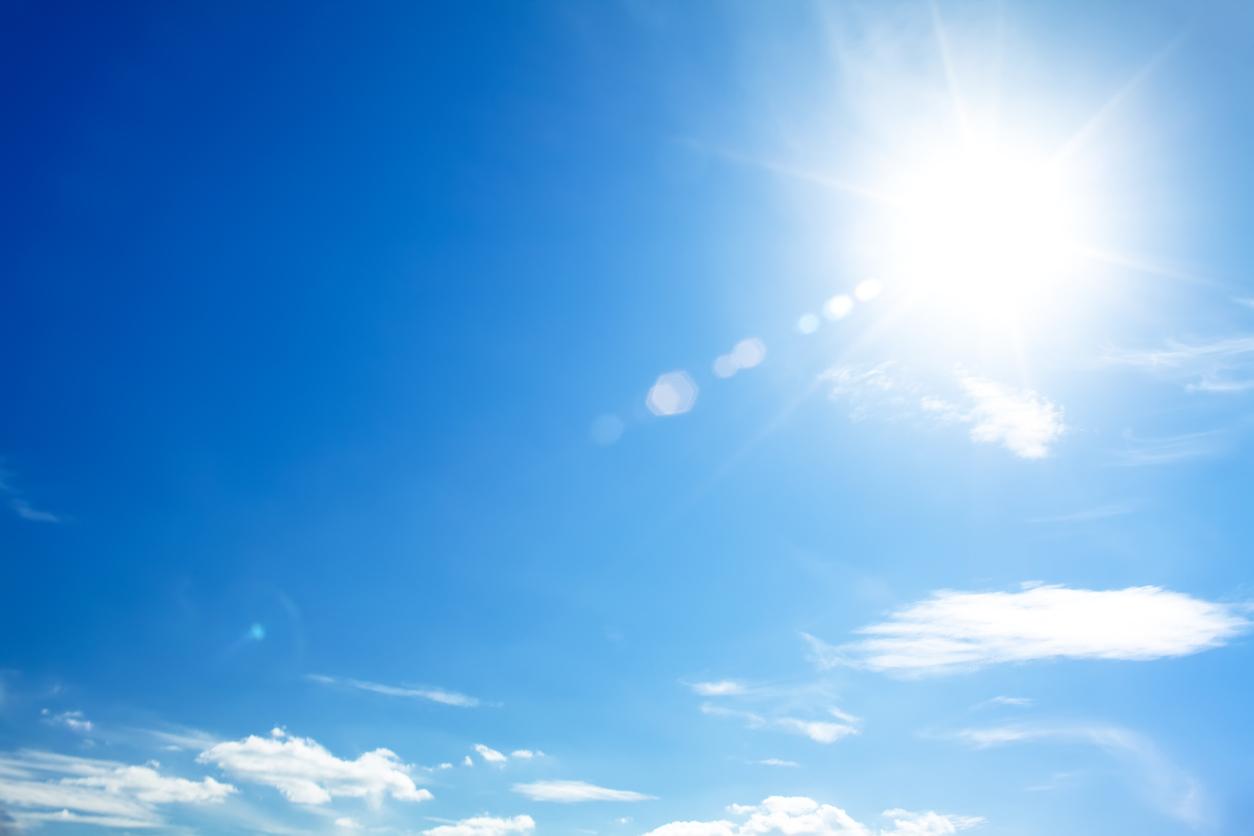
UV radiation intensity
The KNMI not only predicts whether it will be a sunny day, but also provides an estimate of the sun’s strength. For example, if it is 8, you will hear that the ‘sun power is extremely high’. But what exactly does solar power mean?
The sun’s power is a measure of the amount of ultraviolet radiation in the sunlight that reaches the earth. We also call it the UV index. The sun power can have a number from 1 to 10 or higher.
The more UV radiation is expected, the higher the number. The sun power says something about how long you can expose your skin to the sun before your skin burns. It is therefore useful to know what sun strength is expected, because then you know whether you need to apply extra well. At 1 there is no UV, at 8 you can burn unprotected skin after 10 minutes. In Europe, the sun does not exceed 12, but around the equator it can rise to 18.
Why does the sun’s strength vary?
How come the sun’s power is always different? The amount of UV radiation depends, among other things, on how high the sun is and how thick the ozone layer is. The position of the sun depends on the seasons and time of day. The thickness of the ozone layer – which protects the earth’s surface against UV radiation – also changes throughout the year. In the Netherlands, the ozone lye is on average the thinnest at the end of April, beginning of May.
It doesn’t matter if the weather is warm or cool. Clouds, moisture and dust in the atmosphere do block the UV rays a bit. For example, a completely cloudy sky on a summer day provides a protection factor comparable to SPF 5.
You burn so fast
These figures give you an idea after how much time in the sun you can burn which sun power. How quickly you actually burn also depends on your skin type. You don’t notice the burn right away, the redness only develops later. So get out of the sun on time, cover your bare skin or apply a good sunscreen.
| Sun power / UV index | After how many minutes does the unprotected skin burn? |
|---|---|
| 1-2 | 100 – 50 |
| 3-4 | 35 – 25 |
| 5-6 | 25 – 15 |
| 7-8 | 15 – 10 |
| 9-10 | 10 or less |
















